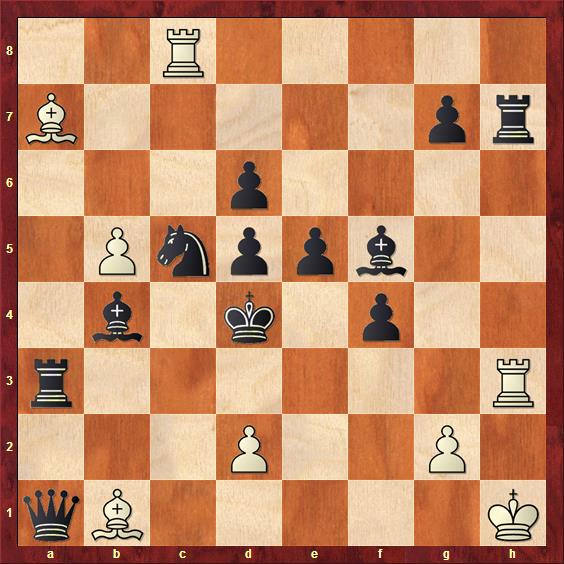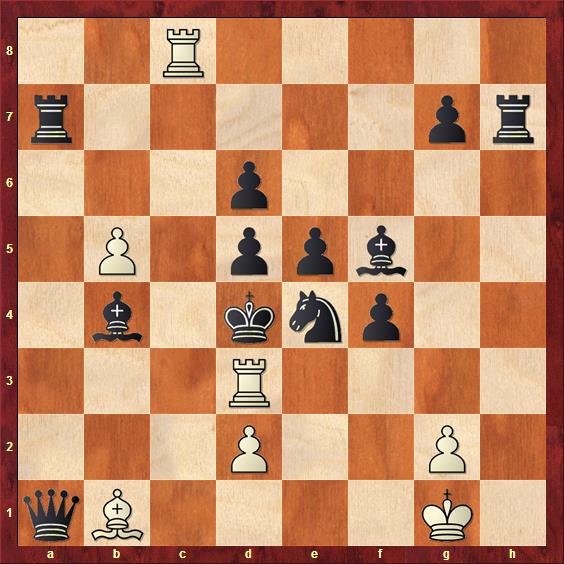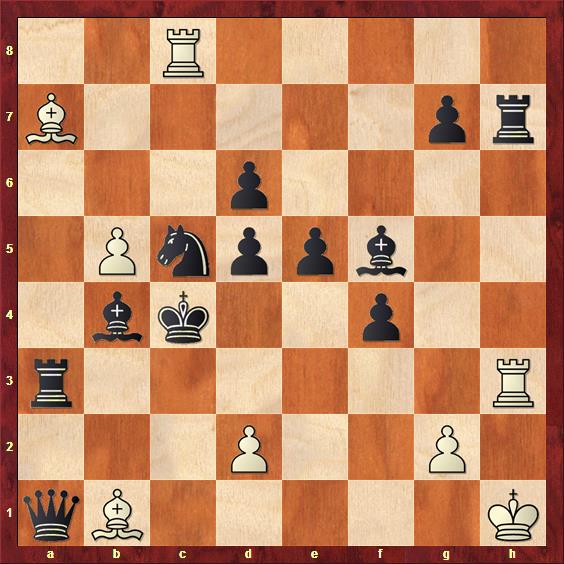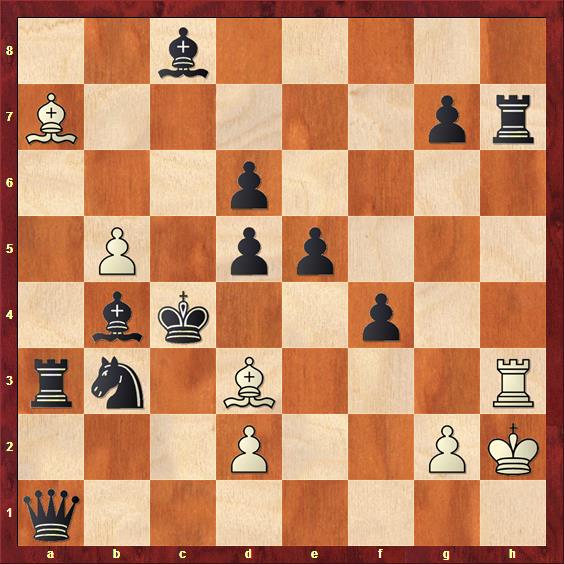

| Online: | |
| Visits: | |
| Stories: |

| Story Views | |
| Now: | |
| Last Hour: | |
| Last 24 Hours: | |
| Total: | |
Sunday Chess Problem [EvolutionBlog]
Helpmates occupy a curious position in the world of chess problems. On the one hand, they seem to be the most popular form nowadays for composers. There are just so many possibilities for original content, especially when fairy pieces or conditions are added to the mix. On the other hand, they are sometimes sneered at by other composers. You sometimes encounter the attitude that direct mates and studies are serious compositions, while everything else is just candy.
Whatever. Personally, I sometimes find modern direct mates a little too dense to be enjoyable, while helpmates usually bring a smile to my face. At any rate, I happen to have the new issue of The Problemist at hand, and it includes a very impressive helpmate indeed. It is a good illustration of how much strategy can be packed into a mere two moves. This problem was composed by Jozsef Korponai in 1965. The stipulation calls for helpmate in two:

There is also a “twin” to consider, but we shall come to that in a moment.
Recall that in a helpmate, black and white cooperate to construct a position in which black is mated, in no more than the given number of moves. Also, black moves first.
From a solver’s perspective, helpmates can be fun because you can be absolutely certain you have found the solution (or possibly a cook). The position above solves by 1. Rxa7 Kg1 2. Ne4 Rd3 mate.

Now we return to the initial position, but we shift the black king to the square c4, giving us this starting position:

Again, we are asked to find helpmate in two. This time the solution is: 1. Bxc8 Kh2 2. Nb3 Bd3 mate.

As I said, that’s a lot of strategy to pack into two moves. Also, there is a perfect matching of the strategy in each part. Black starts by capturing a piece, thereby unpinning another of his pieces. Then white unpins one of his pieces by moving his king. Then the newly unpinned black piece moves to interfere with one of his pieces, then white gives mate on d3, a square that was triply guarded at the start of the problem. Lovely!
See you next week!
Source: http://scienceblogs.com/evolutionblog/2016/02/01/sunday-chess-problem-60/


